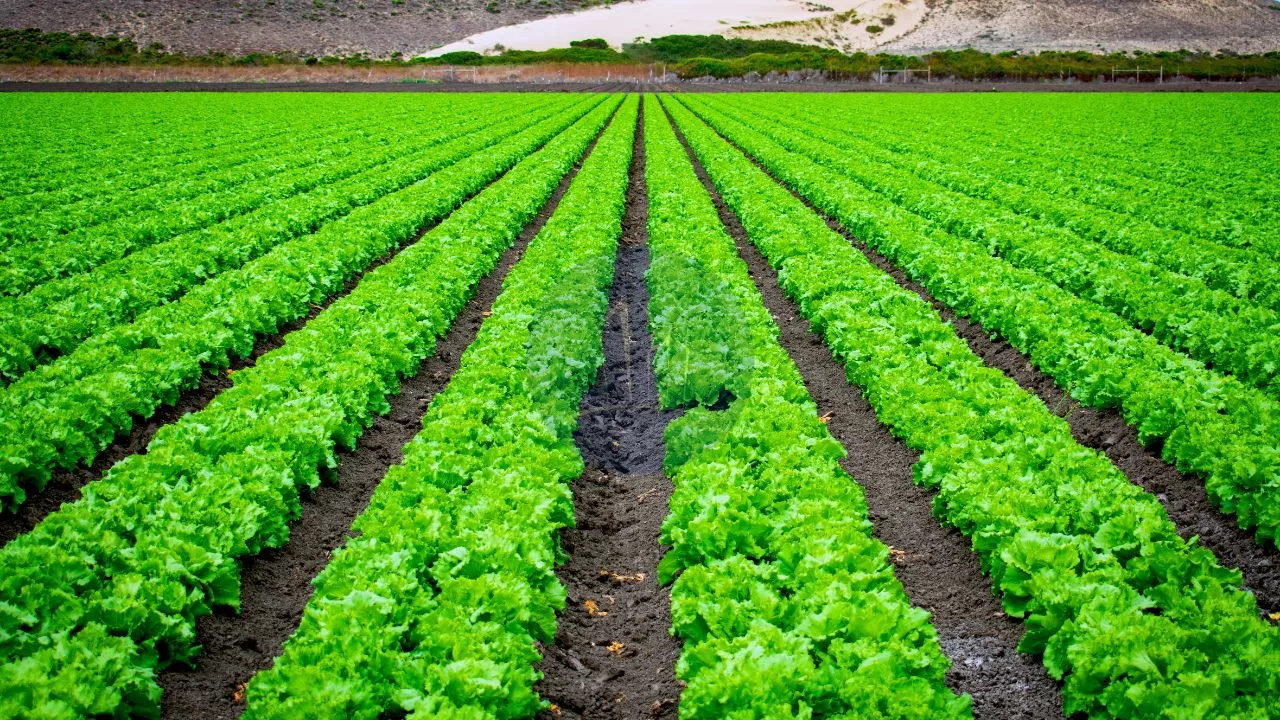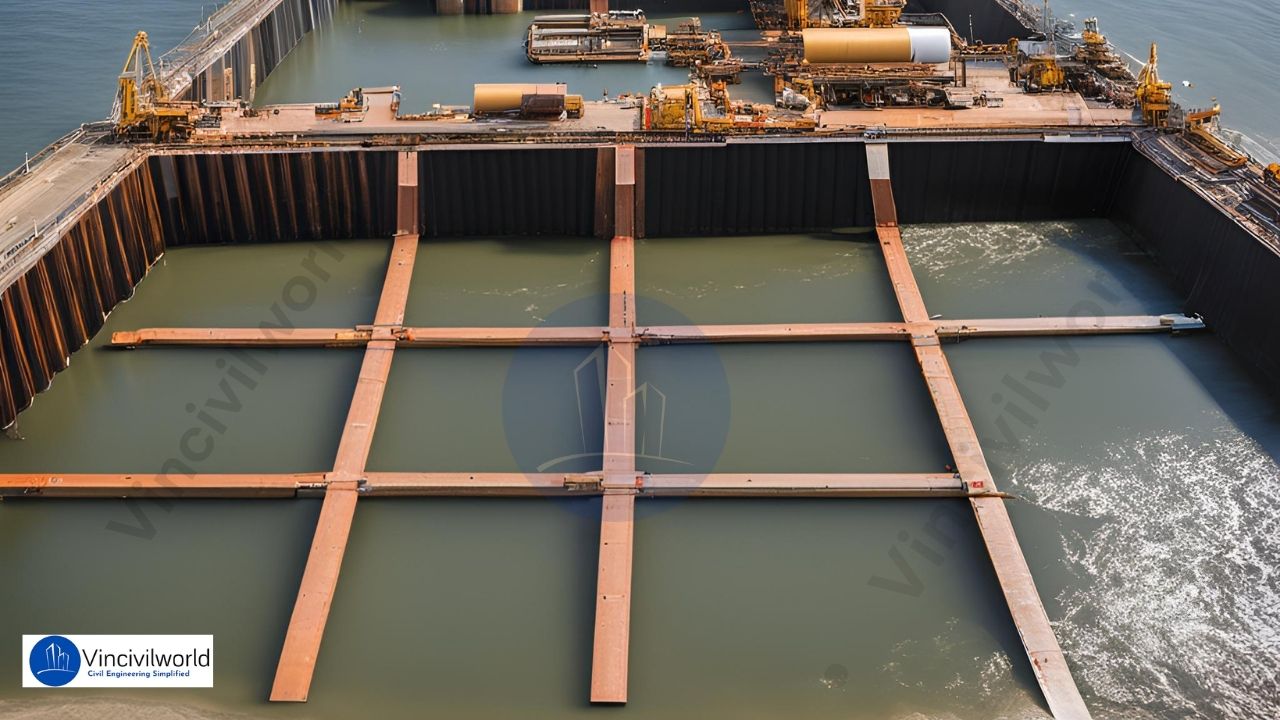Furrow Irrigation Method is a traditional yet effective surface irrigation technique widely used for row crops such as maize, cotton, sugarcane, and vegetables. In this method, water flows through shallow, parallel channels also known as furrow , between crop rows, allowing it to infiltrate the soil and reach plant roots efficiently. This approach is particularly beneficial for crops sensitive to waterlogging, as it minimizes direct water contact with stems and crowns. Synonymous with terms like furrow irrigation system, gravity flow irrigation, and furrow watering method, this technique is adaptable to various soil types and gentle slopes. Moreover, Furrow method of irrigation has advantages such as reduced water evaporation, cost-effectiveness, and simplicity in design and maintenance. With innovations like alternate and surge furrow irrigation enhancing its efficiency, the furrow method remains a cornerstone in sustainable agricultural practices.
This article provides a comprehensive overview of the Furrow Irrigation Method, a traditional surface irrigation technique. It delves into its definition, operational principles, various types, including surge and alternate furrow irrigation. Furthermore the article also outlines its design, advantages of furrow irrigation, such as cost-effectiveness and suitability for row crops. Additionally, it discusses the method’s limitations, like inefficiency on sandy soils and potential for salt accumulation. The article also offers insights into design considerations and modern adaptations, positioning furrow irrigation as a sustainable choice in contemporary agriculture.
Table of contents
What is the Furrow Method of Irrigation?
Furrow irrigation is a surface irrigation technique where water flows through shallow, parallel channels—called furrows, between crop rows. Utilizing gravity, water moves along these furrows, infiltrating the soil to reach plant roots. This method is particularly effective for row crops like maize, cotton, sugarcane, and vegetables, especially those sensitive to waterlogging. Major advantage of furrow irrigation method is that it is cost-effective and simple to implement, requiring minimal equipment. However, it demands careful management to prevent issues like soil erosion and uneven water distribution. The technique is best suited for flat or gently sloping terrains with soils that have moderate infiltration rates. By directing water efficiently to the root zones, furrow irrigation supports healthy crop growth while conserving water resources.
Features of Furrow Irrigation Method
- The furrow method of irrigation is very much used for row crops like maize, jowar, sugarcane, cotton, tobacco, groundnut, potatoes etc.
- In this method, only one-half to one-fifth of the surface is wetted, and thus evaporation losses are very much reduced
- A furrow consists of a narrow ditch between rows of plants.

Let’s dig deep now.
Basically, furrow lengths range from 3m or less for gardens to 500 m for field crops, with 100 to 200 m being the most common. If the furrows are too long, deep percolation losses and soil erosion near the upper end of the field may occur. Furrows are typically provided with slopes that range from 0.2 to 6%. Accordingly, to ensure surface drainage, a minimum furrow grade of 0.05% is required.
Optimizing Furrow spacing for crops
Furrow spacing for crops like corn, potatoes, and sugarcane aligns with the plant row spacing, typically assigning one irrigation furrow per row. In orchard irrigation, furrow spacing ranges between 1 and 2 meters. If spacing exceeds this, it’s crucial to assess moisture distribution after each watering using auger boring.
Increasing spacing can enhance efficiency; however, consistent monitoring ensures uniform moisture levels. For soils with low permeability, furrow depths should range from 20 to 30 cm. When irrigating root crops, it’s essential to maintain furrow depths and stream sizes that prevent water from contacting the plant directly. Typically, furrows for row crops like cotton, tobacco, and potatoes measure about 25 cm in width and 8 to 10 cm in depth.
Understanding these parameters ensures effective water distribution, promotes healthy crop growth, and minimizes water wastage.
Types of Furrow Method of Irrigation
Furrow irrigation is a widely used surface irrigation technique, especially for row crops like maize, cotton, and sugarcane. This method involves creating small channels, or furrows, along the field to direct water flow efficiently. Understanding the different types of furrow irrigation methods is essential for optimizing water usage and ensuring healthy crop growth.
Level Furrows
Level furrows are constructed on flat terrains with little to no slope as part of the furrow irrigation method. Water is applied until the furrow is filled, requiring precise land leveling and careful management to prevent waterlogging for row crops.

Graded Straight Furrows
These furrows are straight channels built on a gentle slope, allowing water to flow by gravity.
- Straight furrows types of irrigation are used where the land slope is nominal.
- These are aligned more or less along straight lines parallel to each other and along the slope of the land.
- These are normally adopted where the slopes do not exceed 0.6%.
They are ideal for row crops and are commonly used on soils with moderate infiltration rates.
Graded Contour Furrow irrigation method
Graded contour furrow irrigation method follow the natural contours of sloped land. They are curved to match the field’s topography, reducing water velocity and soil erosion. This method is suitable for uneven terrains and various soil types, excluding sandy soils.
- Contour furrow are practically laid along the contours. Therefore, these are not straight but are curvilinear in the plan.
- With contour furrow irrigation method, the direction of flow is across a sloping field rather than down the slope to reduce water velocity.
- The furrows are laid out with enough grade to carry the irrigation streams. Head ditches are run across the slope or downhill using drop structures as needed, to feed the individual furrow.
- The contour furrow method can be successfully used in nearly all irrigable soil.
- Light soils can be irrigated successfully across sloped up to 5 per cent. Where the soils are stable and will not be cultivated, slopes up to 20 per cent can be irrigated by contour furrowing.
Corrugations
Corrugations are small, closely spaced furrows used for irrigating close-growing crops on moderately steep slopes. They are effective in areas with low rainfall and are suitable for soils prone to crusting.
Selecting the appropriate furrow irrigation method depends on factors like soil type, land slope, and crop requirements. Proper implementation ensures efficient water distribution and promotes sustainable agricultural practices.
Stored the details in the brain, right? Let me walk you through the construction method of furrows now.
Construction of furrow method of irrigation

- Furrows are made before planting, at the time of planting or after the plants have grown large enough not to be covered up.
- The time of furrowing depends upon the crop grown and the method of planting used.
- Often young plants are irrigated by small furrows until a good root system is developed. Thereafter, the furrow is made larger.
- The furrows at any stage must be large enough to carry the water needed for irrigation.
- In most soils, crops are grown on the top of the ridge while in deep sand, it is better to have the seeding near the bottom of the small furrow.
- An alternate method specially adapted to sandy soils is to transplant vegetables in the furrow, irrigate it once or twice and then establish furrows between the rows after plants have grown larger.
- Furrows are made with various cultivating tools depending on the type of crop to be grown.
- Large furrows are normally made with a double mould board plough or lister.
- A wooden plough with furrower attachment can also be used in place of listers. Disc-drum corrugator furrower is very useful to make small size furrows in sandy soil.
ALSO READ: Concept of green building- 4 comprehensive concepts easy read!
Time to have some positivity. The advantages of the furrow method of irrigation are given in the next section.
Advantages of furrow irrigation method
In furrow irrigation, water contacts only 1/5 to ½ of the land surface, reducing pudding and crusting of the soil. Losses due to evaporation are also reduced. Evaporation losses are also reduced. Previously, cultivation is possible in heavy soil and can be adapted to use without erosion on a wide range of natural slopes by carrying furrows across a sloping field rather than down the slope. It is especially beneficial for crops that have been harmed by water contact. Similarly, Labor requirements for land preparation and irrigation are drastically reduced. Moreover, field ditches do not waste any land.

Liked the concept of the furrow method of irrigation? Let me know your thoughts in the comments.
Key Takeaways
- Efficient Water Use: Furrow irrigation delivers water directly to plant roots, minimizing evaporation and conserving water resources.
- Cost-Effective: This method requires minimal infrastructure and energy, making it economical for farmers.
- Crop Suitability: Ideal for row crops like maize, cotton, and sugarcane, especially those sensitive to waterlogging.
- Adaptability: Can be implemented on various terrains, including flat and gently sloping lands.
- Soil Conservation: Properly designed furrows reduce soil erosion and maintain soil fertility.
- Labor Intensive: Requires manual labor for construction and maintenance of furrows.
- Water Distribution Challenges: Uneven water distribution can occur if not properly managed.
- Not Suitable for Sandy Soils: High infiltration rates in sandy soils can lead to inefficiencies.
- Potential for Salt Accumulation: Continuous use may lead to salt buildup in the soil, affecting crop yield.
- Limited Precision: Less precise than modern irrigation methods like drip or sprinkler systems.
Conclusion
Furrow irrigation remains a widely used and effective method for irrigating row crops, particularly in regions where resources are limited. Its simplicity and cost-effectiveness make it accessible to many farmers. However, to maximize its benefits, careful planning and management are essential to address challenges such as labor requirements, water distribution, and soil conditions. By understanding the specific needs of their crops and land, farmers can implement furrow irrigation effectively, contributing to sustainable agricultural practices.




